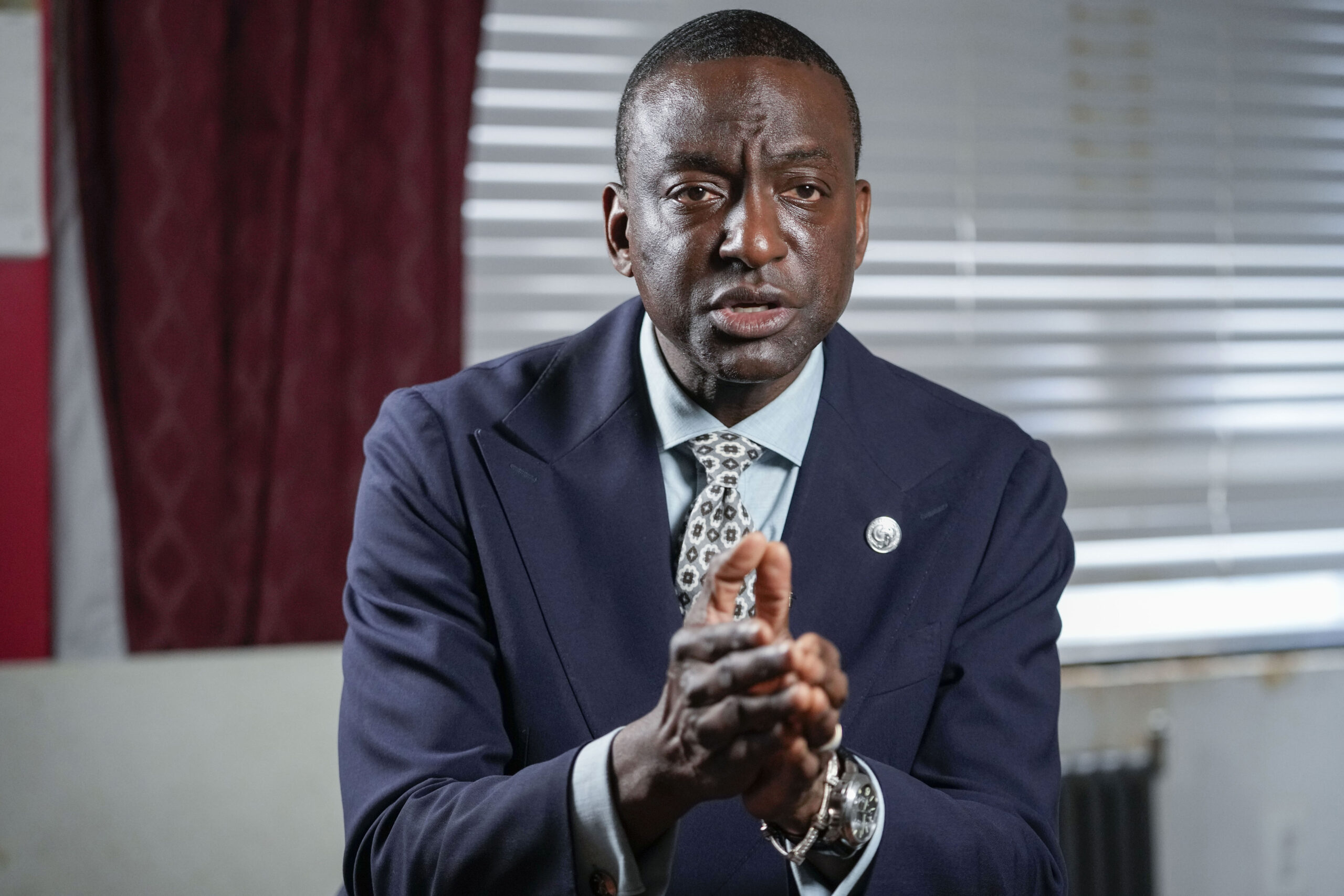What to expect during the ranked choice voting count in New York City Council races

New York City elections officials began releasing preliminary results Wednesday from ranked choice voting in last week’s City Council primaries — but those results may change in the coming days and weeks as additional ballots are tallied.
Voting in the local primaries concluded June 27, but winners have yet to be determined in some City Council contests. That includes several that could advance to ranked choice voting and be subject to subsequent rounds of ballot-counting, where voters’ second through fifth choices are taken into account if no candidate receives a majority of first-choice votes.
The city is still in the process of tabulating first round results. Unlike in some other places that use ranked choice voting, such as the states of Maine and Alaska, the preliminary tabulation of ranked choice results in New York is released before that initial count is complete. The Board of Elections will continue to release updated preliminary results on a weekly basis until all outstanding ballots have been counted and the elections are certified.

Brooklyn Boro
View MoreNew York City’s most populous borough, Brooklyn, is home to nearly 2.6 million residents. If Brooklyn were an independent city it would be the fourth largest city in the United States. While Brooklyn has become the epitome of ‘cool and hip’ in recent years, for those that were born here, raised families here and improved communities over the years, Brooklyn has never been ‘uncool’.